For the past month we have been examining some underlying assumptions for our reform effort. Now it is time to lay out a more specific goal around which to organize our movement. What we need now is a straight forward Vision of what we are hoping to achieve at the end of our reform efforts.
To me, this is the single most important part of our movement. If we can agree on this Vision, then we can turn our attention to how it can actually be realized and the leadership role that those of us here in Oregon can play in that effort.
As you know, I have spent a lot of time thinking about this over the past 15 years. My perspective has been influenced both by my experiences as a physician, and by serving in the Senate and as Governor during the time in which the Oregon Health Plan was conceived, enacted, implemented and then began to unravel. As a consequence of those experiences, I believe that the following statement captures the essential elements of the Vision for a new health care system:
Vision:
To maximize the health of the population by creating a sustainable system which reallocates the public resources spent on health care in a way that ensures universal access to a defined set of effective health services.
You will notice that this vision does not speak to the various ideologies involved in the current debate (single payer systems, health savings accounts, consumer directed health care, individual and/or employer mandates, etc). It does not preclude – or embrace – any of these ideas, nor does it presuppose the role that might be played by employers, the government or the private insurance industry.
In short it goes straight to the policy objective – to the end rather than the means to that end. It simply says that when the dust clears, we want an economically sustainable system that produces health as a value and as an outcome; a system in which everyone has access – not just to health care, but to care that is effective in producing health.
Clearly, we will have to agree on the means by which we achieve this Vision – and indeed, that will be the next step in our effort – to build consensus around the principles through which this new system will be built and around the specific language we will use to move this forward in the legislature and/or on the ballot. But first, we need a critical mass of people committed to a common Vision.
Today we are a movement in its early stages – and you are among the first 1,000 to join – working to change an entrenched system that will only change if enough of us come together around a new model. Our initial goal is to have a community of 10,000 moving this vision forward. If each of us reaches out and gets just five more people to sign on to our movement, we could be well over half way to our goal of 10,000 within a single month!
This is a tall order but doable if each of us does the simple work of reaching out to at least five of our friends, family members and co-workers in the next 30 days, getting them to join our cause. I am confident that we can make this happen.
Thanks, John

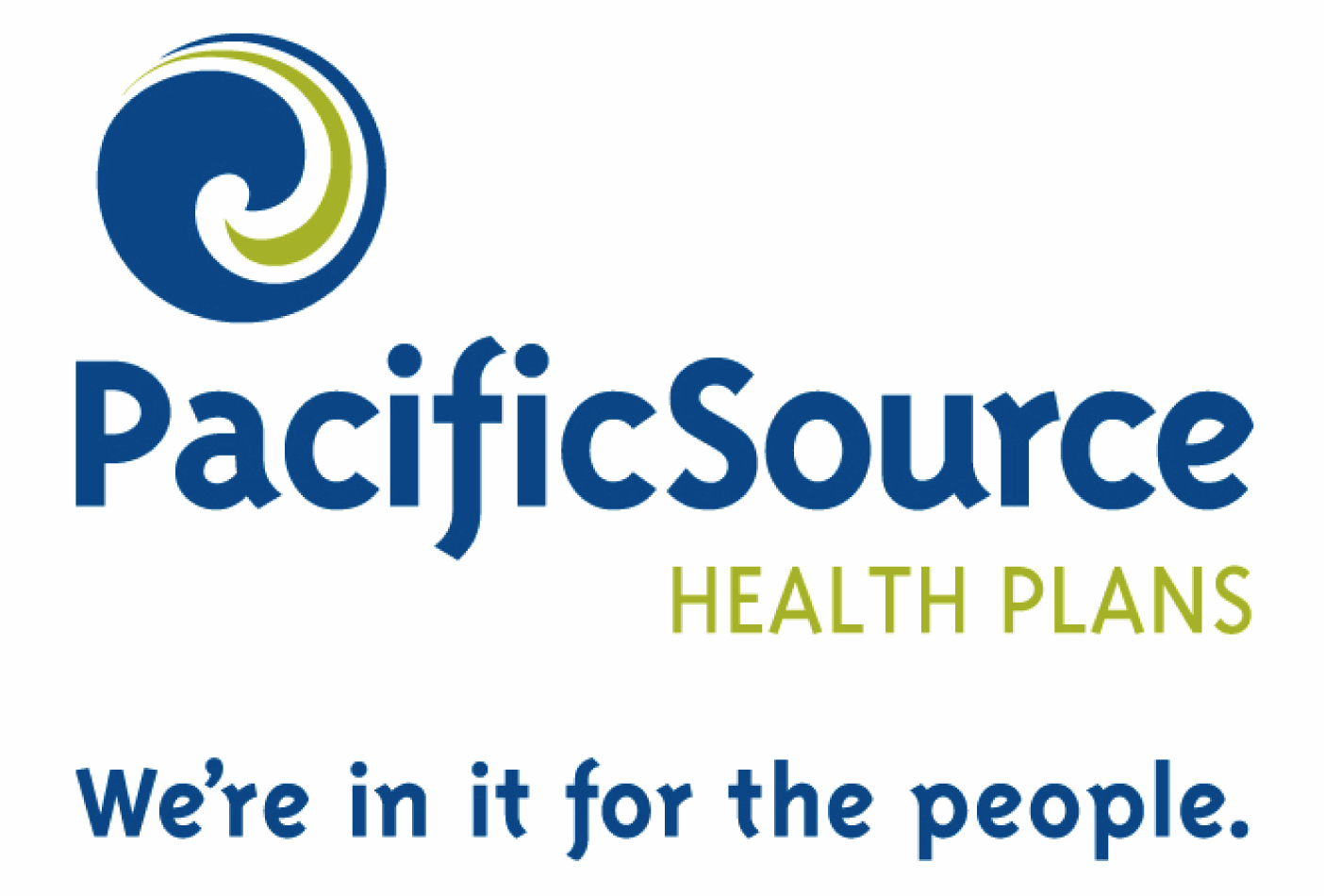
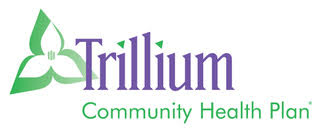
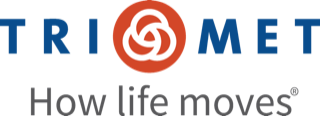

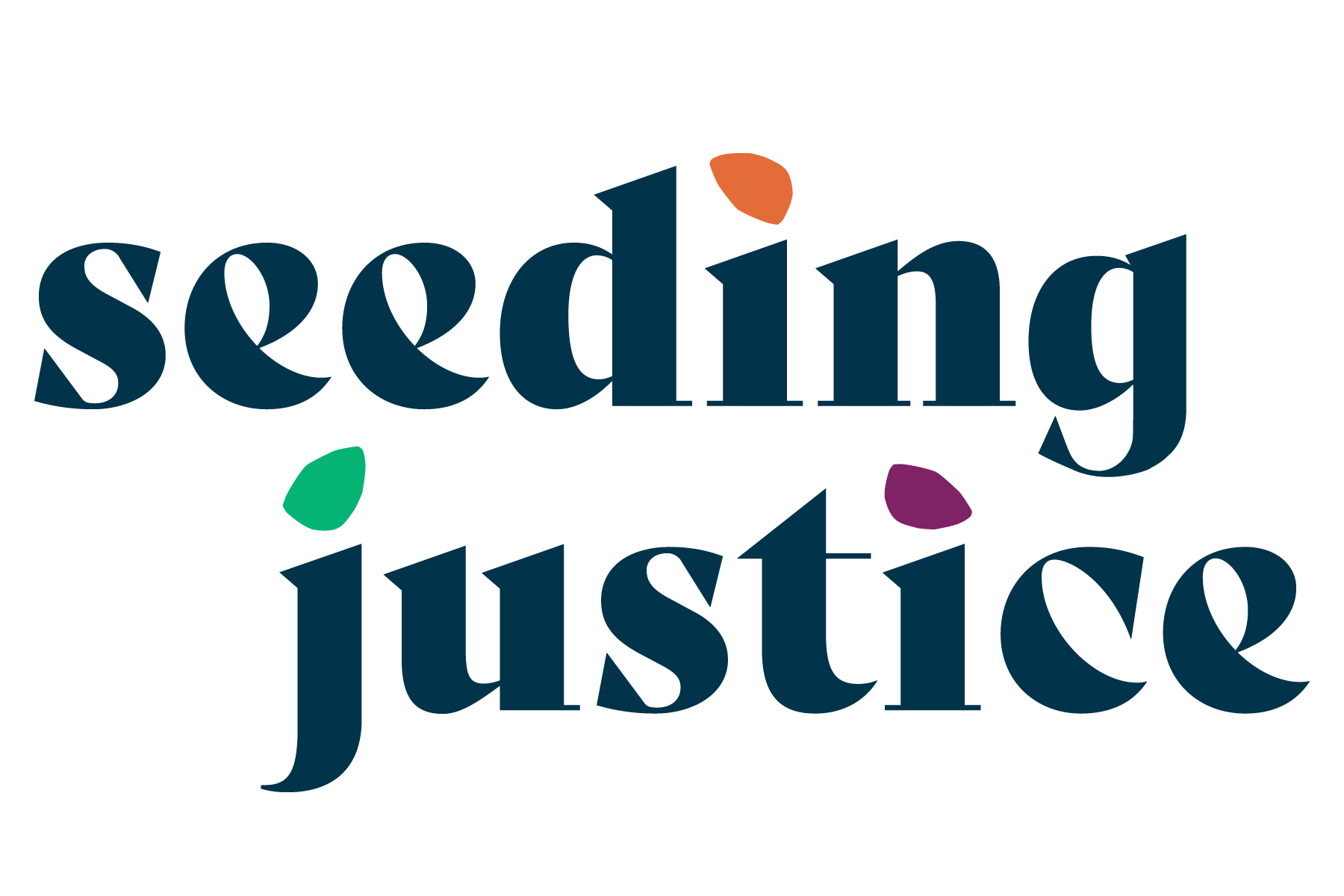

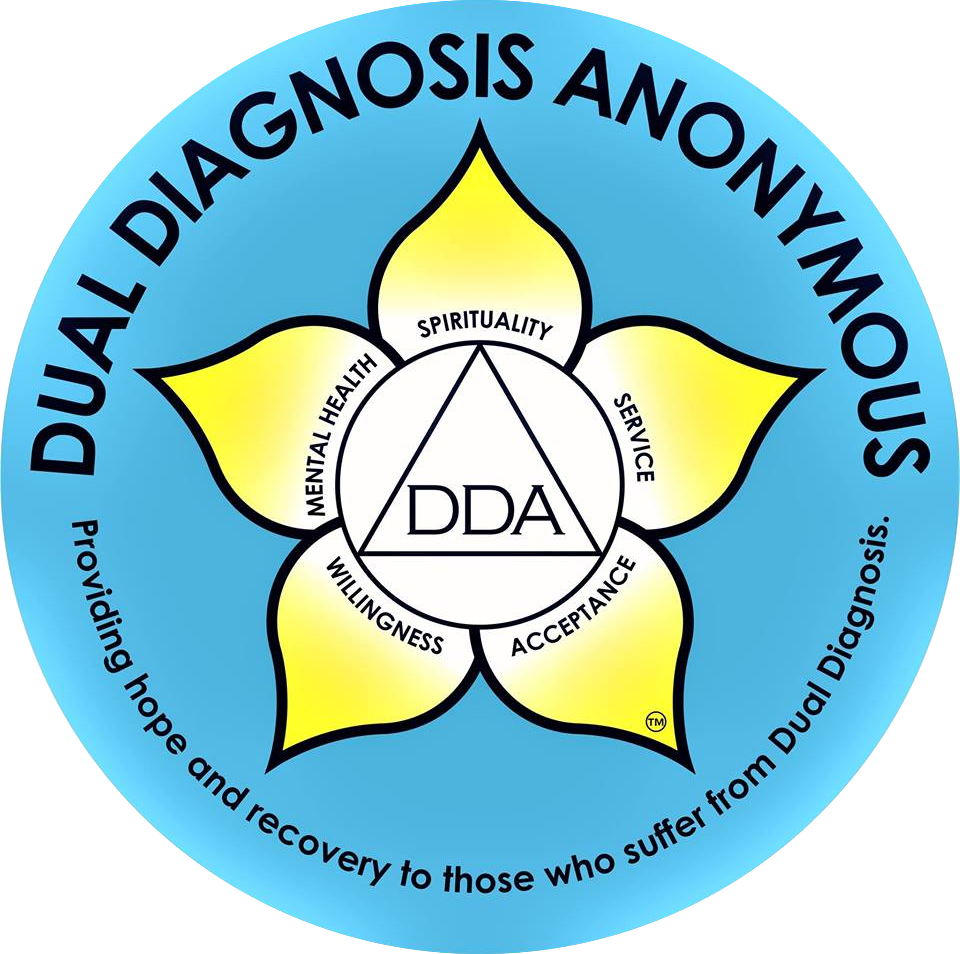


Recent Comments